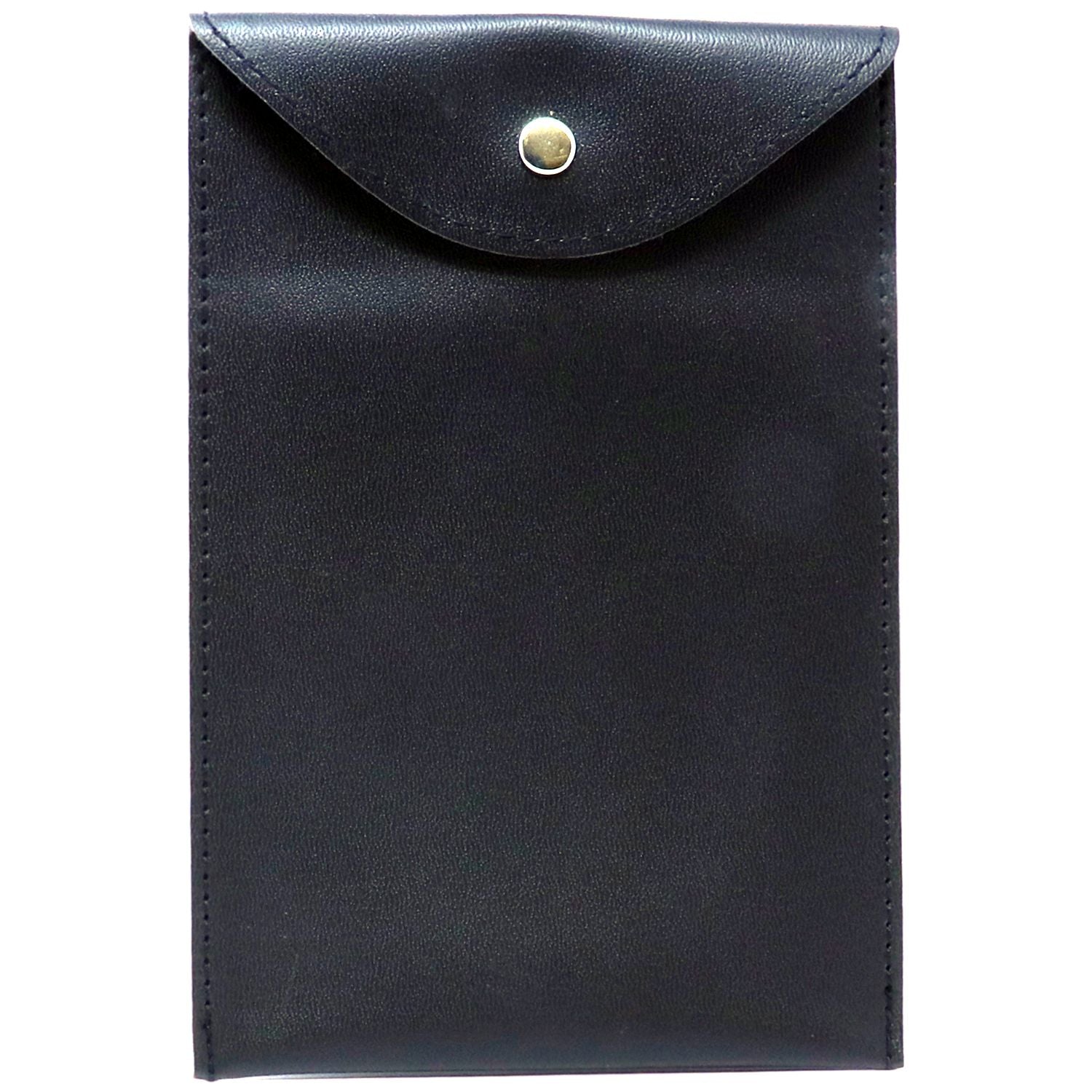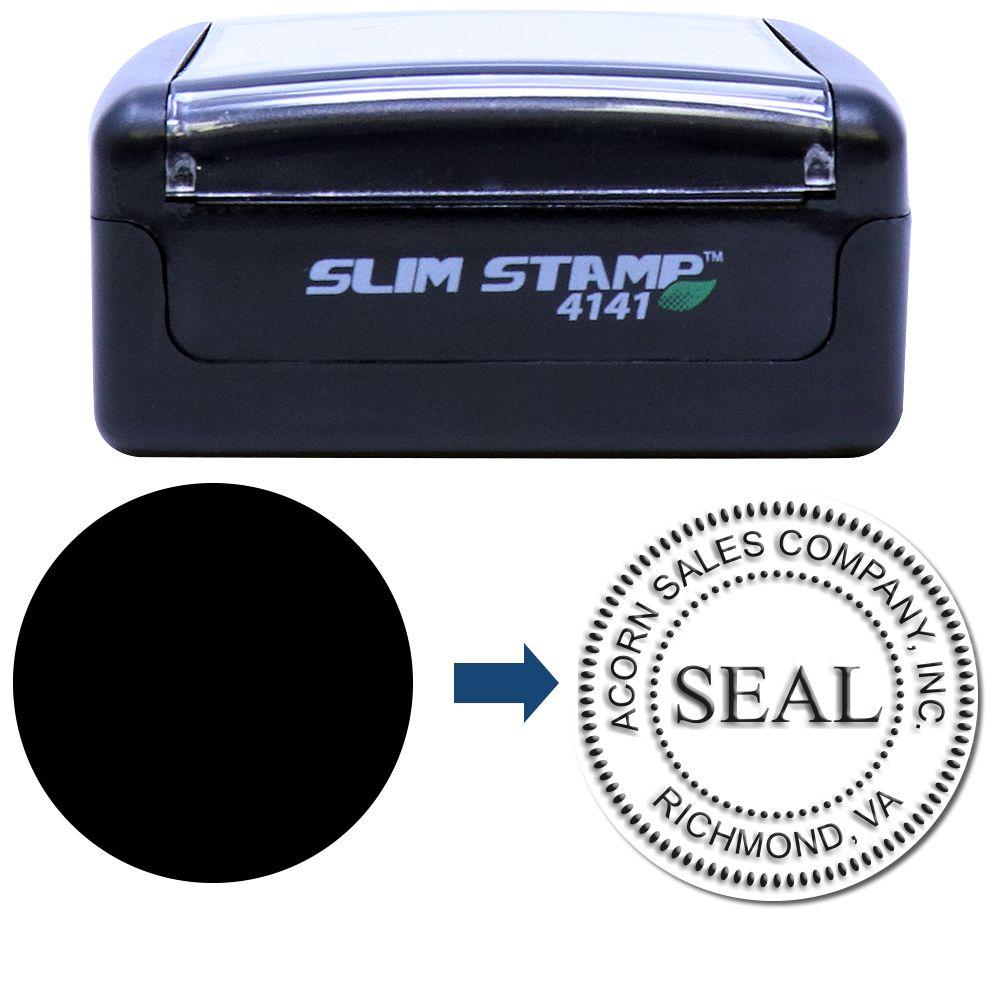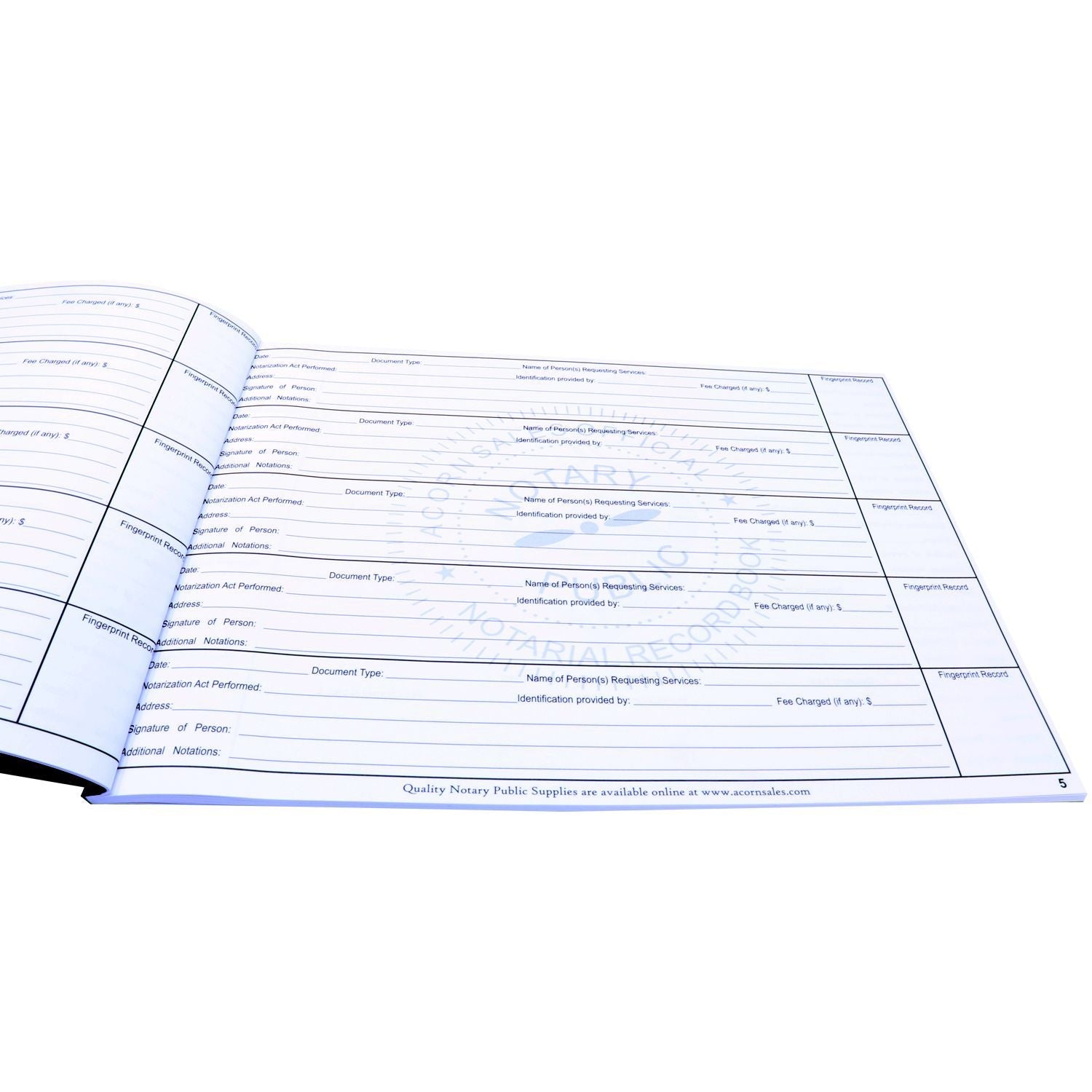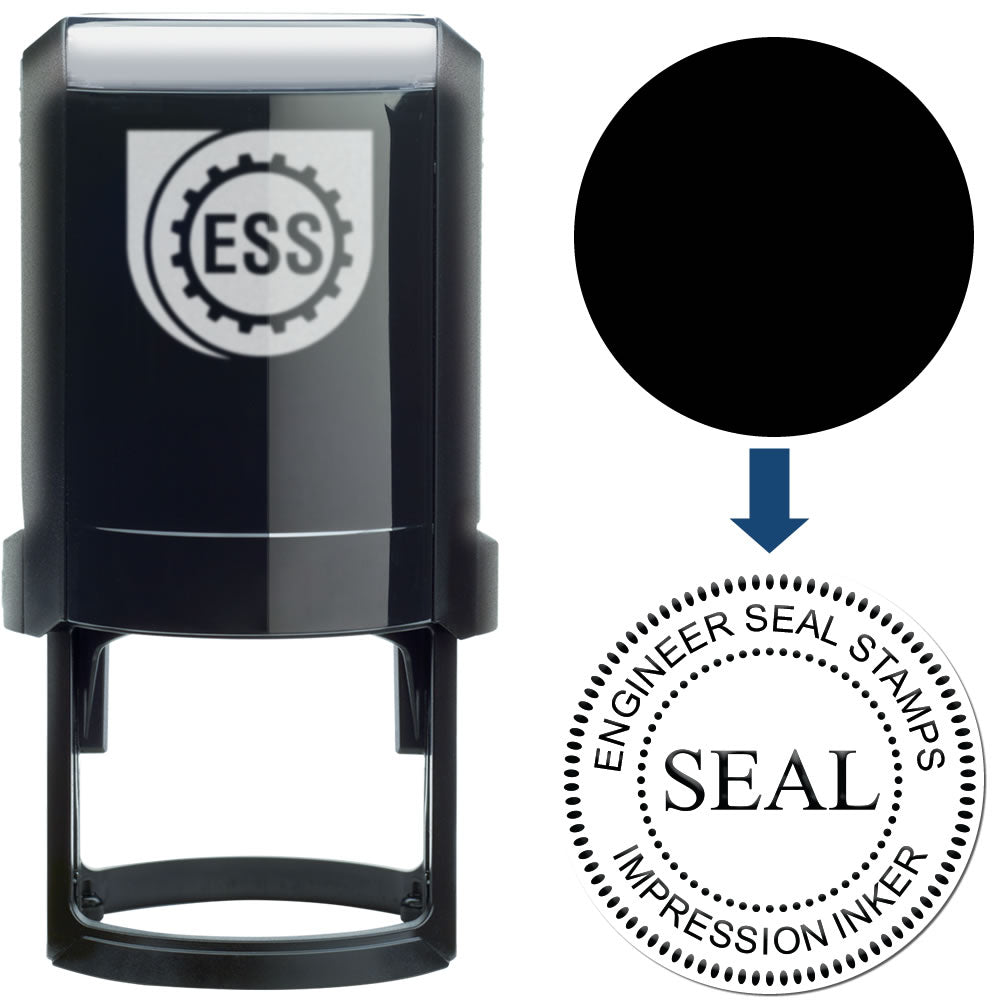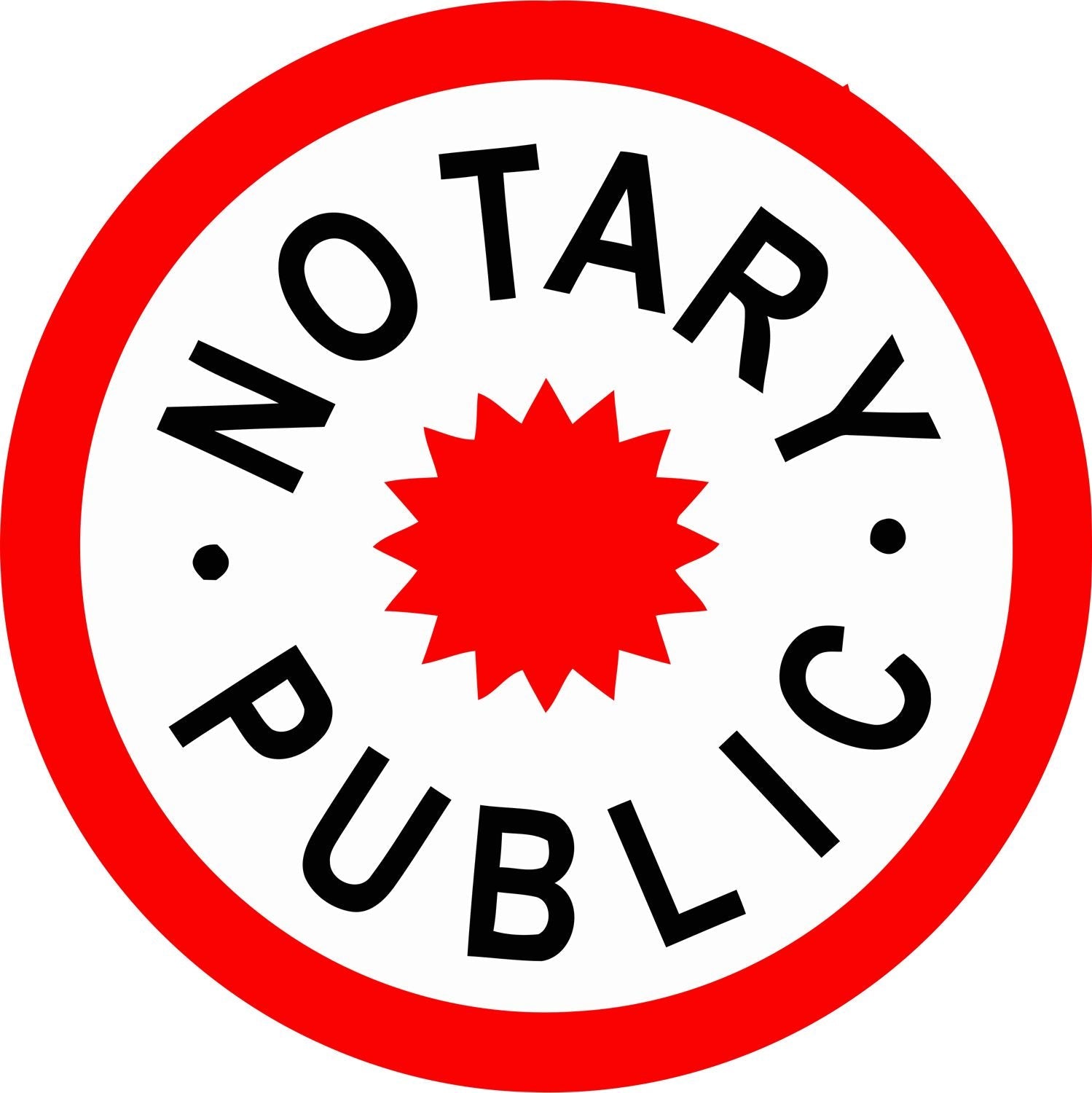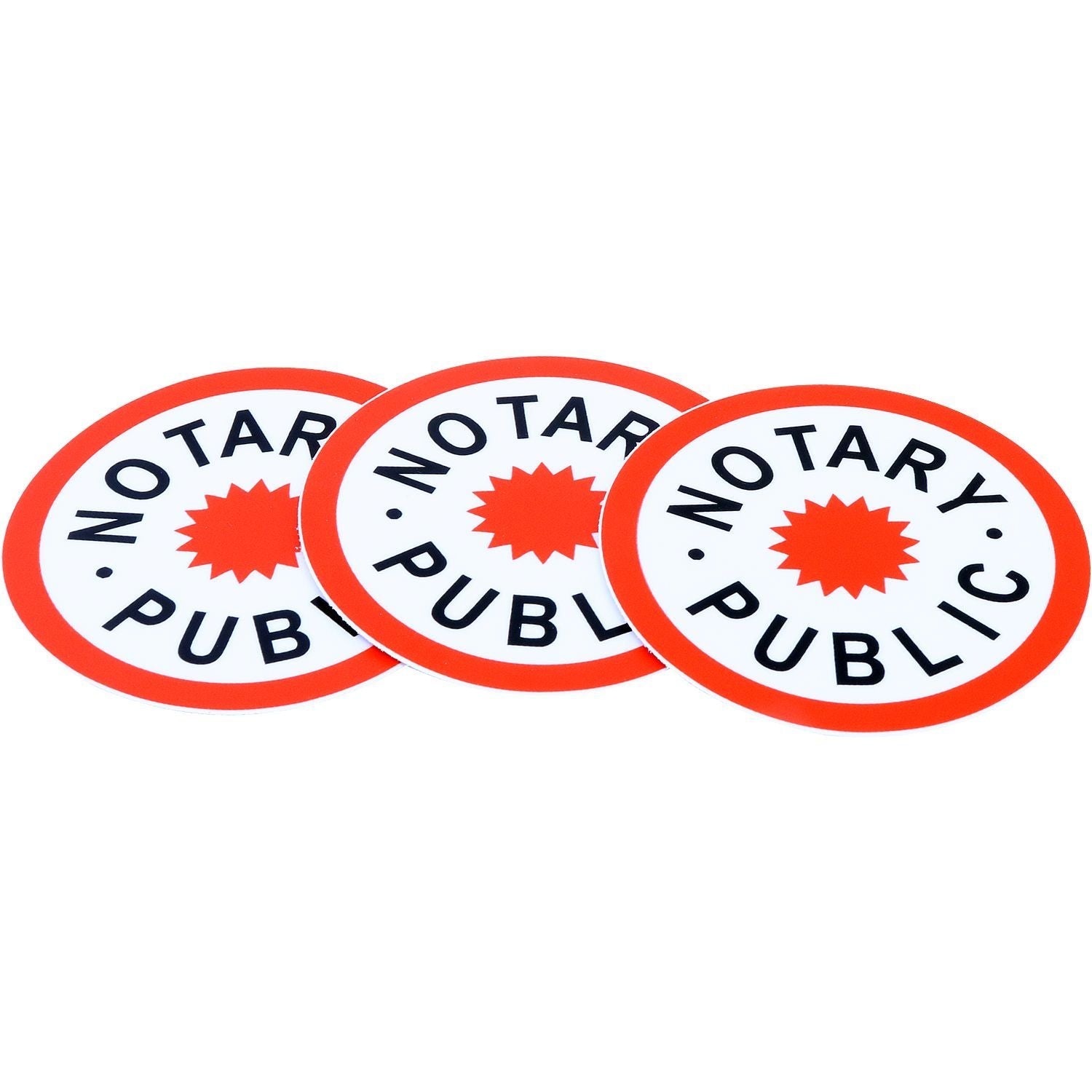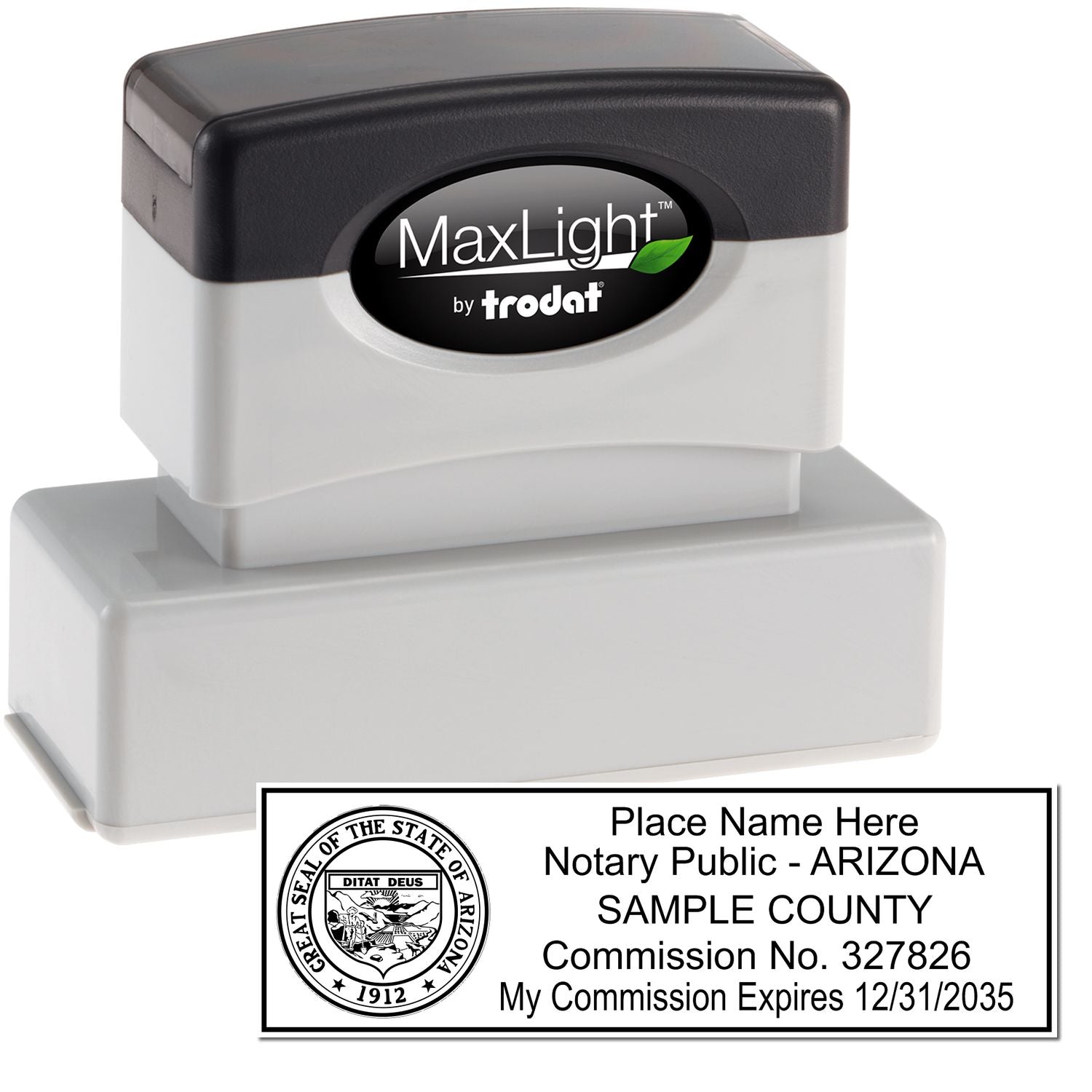Did you know that stamps are used in banks and other financial institutions? It's true! In fact, there are a few different types of stamps used in banks and financial institutions. In this blog post, we will discuss the different stamps and what they are used for. Stay tuned for more information!
What Are Stamps Used For In Banks And Financial Institutions
Stamps are used in banks and other financial institutions to transfer funds between accounts, when a user needs to deposit money or make a payment, they will typically place their stamps in the appropriate machine and insert their bank account information or payment details. The stamps will then be validated electronically, allowing the funds to be transferred seamlessly. Additionally, some messages or instructions may also be printed directly onto the stamps themselves, such as "pay $50 - medallion signature guarantee required."
Overall, stamps play an important role in the banking industry by streamlining and organizing financial transactions. They make transferring assets quick and easy, while also reducing errors and fraud through careful tracking and validation procedures. And thanks to modern technology, stamps have adapted well to this fast-paced environment, making them an essential part of any bank or financial institution.
How Are Stamps Used In Banks And Financial Institutions
Stamps are an essential tool in the world of banking and finance, they are used in a variety of settings, from balance sheets to bills of exchange, and play an integral role in keeping track of money as it moves between different accounts.
One way stamps are used is on balance sheets. In this context, a bank or financial institution will use a stamp to indicate that a certain amount of money is present in a specific account holder. This helps your bank to verify that the funds you have available for transactions or deposits match what has been recorded for those funds in its system. Depending on the amount being checked, you may also see these stamps used when opening other types of accounts, such as stocks and bonds or retirement plans.
Another use for stamps is on bills of exchange, which are essentially promissory notes between banks stating that one party owes another a certain amount of money. Though they may take slightly different forms in different countries, these sorts of documents typically contain information such as the payee name, date sent, and the total amount owed written out using rubber stamps.
Ultimately, these stamps act as a record-keeping tool that allows banks to track payment obligations between one another across multiple time zones. And by ensuring timely delivery and proper documentation through their use, stamps help to safeguard both financial institutions and their customers alike from any potential errors or fraud along the way.
So regardless of which specific types of transactions you're involved with in your dealings with banks or financial institutions, stamps will be sure to play some part along the way!
Why Are Stamps Used In Banks And Financial Institutions
Stamps are an important tool used in many financial institutions, from banks to credit card companies and credit unions, though stamps may seem like a simple tool, they serve a variety of important functions. For one thing, stamps help to provide high levels of security and protection from fraud. Because the endorsement stamp cannot be copied or duplicated, people must physically handle the document in order to change any information on it.
In addition, some financial documents can only be processed once the stamp has been canceled by an official body. Finally, stamps play an important psychological function in reinforcing trust between banks and their customers.
By providing validation that a certain document has gone through all of the relevant processes in a timely manner, stamps help to reassure people that their money is being handled responsibly and securely. Thus, while they may seem like simple pieces of paper, stamps are actually critical tools for modern banking and finance.
What Kind Of Stamps Are Used In Banks And Financial Institutions
Banks and other financial institutions make use of a variety of different types of received stamps in order to help keep track of important transactions. These can include withdrawal stamps, deposit stamps, check cancellation stamps, and more. Each type of notary stamp serves a unique purpose within the banking system and is typically used as a means to notate critical information such as account numbers or payment dates.
One common type of bank stamp is the withdrawal stamp. This is typically used when withdrawing funds from an account via a physical cash withdrawal or by using another type of payment network or service. The withdrawal stamp helps to indicate that the money has been removed from the account, and is typically marked with an additional note detailing the amount withdrawn.
Another common type of bank stamp is the deposit stamp. As its name suggests, this stamp is used when depositing funds into an account and helps to confirm that the deposit has taken place. Like the withdrawal stamp, this may also include specific details about the transaction such as the date and amount deposited.
In addition to these two basic types, banks also make use of check cancellation stamps in order to help verify that checks are no longer valid following deposit or payment processing. Similarly, some banks also utilize pouches or bags into which cash may be placed after deposits have been processed so that currency can be securely tracked over time in large volumes.
Whether you work in a bank as an employee or as a customer, it is likely that you have come across one or more different types of bank stamps during your time there!
Are There Any Special Requirements For Stamps Used In Banks And Financial Institutions
Yes, there are special requirements for stamps used in banks and financial institutions, as these types of businesses handle large amounts of money and rely heavily on secure postal communication.
In order to ensure the validity and usefulness of stamps used on parcel deliveries and mail transfers, specific standards need to be followed. For example, bank-approved stamps should have clear markings that indicate the value of each unit, and the use of distinct colors can help to prevent counterfeiting or other types of fraud.
Additionally, these stamps must be resistant to chemicals such as bleach or acetone, which may be sprayed upon delivery when it arrives at a financial institution in order to test for fraudulent activity.
Overall, by following rigorous guidelines relating to the production and use of stamps for banking purposes, businesses can help ensure the safety and security of their transactions.


